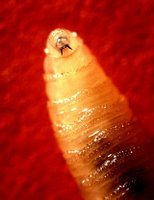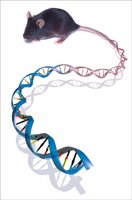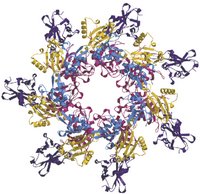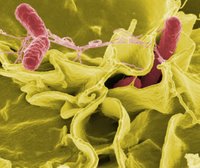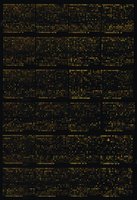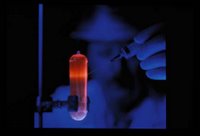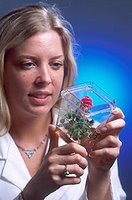The Information We Collect From You
If you submit a comment to http://sciencefictionbiology.blogspot.com (Biology in Science Fiction), personal information you provide to us may include:
• Your name or chosen alias
• Your home page or blog URL
• Your Blogger account profile
• Your Email address
The Way Your Information Is Used
If you are a commenter:
The personal information you submit to Biology in Science Fiction will be used to identify you as the author of a comment and, if you have selected the option, e-mail you notification of additional comments. As the host of blogspot blogs, Google also has access to this information.
If you have an email subscription to Biology in Science Fiction:
The email address you have submitted to receive the subscription is maintained as a list in our account at
FeedBurner, which manages the mailing list subscriptions. As the owner of the Feedburner service, Google also has access to this information.
We will never sell or share your email address or personal information with an outside party.
• Google Privacy Policy:
http://www.google.com/privacy.html
Visitor Data Tracking
We use Google Analytics for the purpose of gathering aggregate visitor information data. Google Analytics places a "cookie" on your web browser to collect anonymous traffic data including your IP address, link you followed to our site, the type of web browser you use and your computer operating system. You may choose to disable cookies in your web browser to prevent tracking of your visit.
• Google Privacy Policy:
http://www.google.com/intl/en/privacy.html
Our web site is also enabled for MyBlogLog, which may collect anonymous aggregate data about visitors to our site.
• MyBlogLog privacy policy:
http://info.yahoo.com/privacy/us/yahoo/mybloglog/
Other third party tools that track anonymous visitor information, such as a visitors' IP address, may also be used.
Third-party Advertisers
We have placed advertisements from third-party advertisers, ad servers or ad networks. These advertisers may place or read cookies on your web browser or use a web beacon to collect information about your visits (not including your name, address, email address or telephone number) to help provide ads that might be of interest to you.
We do not provide personally identifiable visitor information to third party advertisers, ad servers or ad networks.
You may choose to disable cookies in your web browser when you visit our site or opt out of receiving specific cookies as indicated below.
Currently we are provided advertising by the third party ad servers or ad networks listed below. You can follow the links for more information on their data collection practices and options for opting out of their information collection.
• Google Adsense:
Google Privacy Policy
• DoubleClick DART Cookie:
Privacy Policy and
How to Opt Out of the DoubleClick Cookie
• National Advertising Initiative:
Opt Out of Behavioral Advertising
• Amazon.com:
Privacy Policy and Opt-Out Instructions
Facebook "Like" Button
Clicking on the Facebook "Like" Button allows you to share the content of this site with your friends on Facebook. When you click the Like button while signed in to Facebook, the web page will appear on the "Likes
and Interests" section of your profile.
•
Facebook's privacy policy
•
Manage your privacy settings in Facebook
If you have any questions or concerns about these policies, contact me by e-mail at: peggy.kolm@gmail.com
Last update: April 2011
 A great way to spend a rainy Sunday afternoon is watching science fiction B-movies. King Kong, Godzilla, people shrunk to the size of a cell, attacking squids, recreated dinosaurs and other beasts are typical B-movie fare. But are such creatures biologically possible or even plausible?
A great way to spend a rainy Sunday afternoon is watching science fiction B-movies. King Kong, Godzilla, people shrunk to the size of a cell, attacking squids, recreated dinosaurs and other beasts are typical B-movie fare. But are such creatures biologically possible or even plausible?

